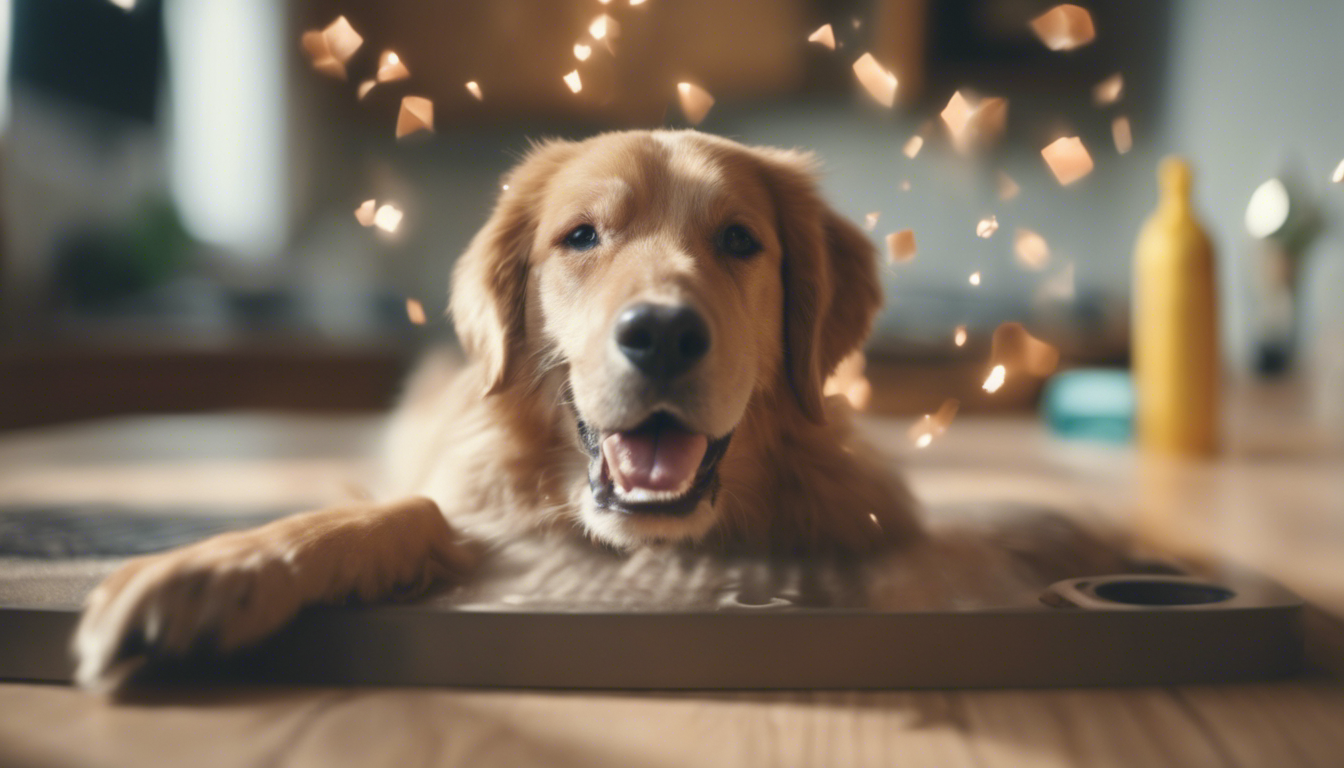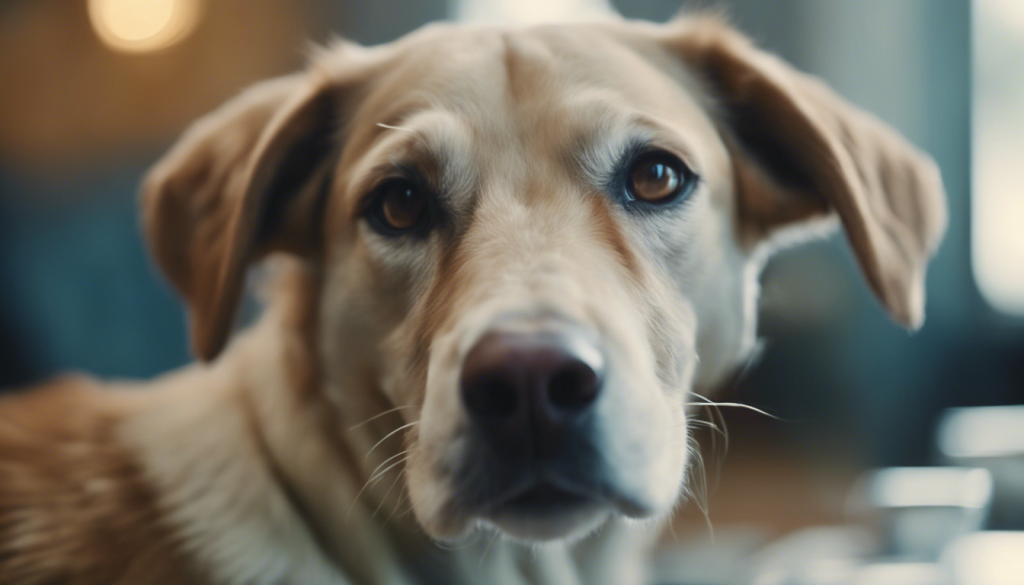The Power of Positive Reinforcement – Training Success Stories

Training a pet can be a challenging yet rewarding experience. It requires patience, consistency, and the application of effective techniques. One highly successful method is positive reinforcement. This approach utilizes rewards to encourage and reinforce desired behaviors. By focusing on positive reinforcement, pet parents can create a strong bond with their furry companions while shaping their behavior in a positive and loving manner.
The Power of Positive Reinforcement
Positive reinforcement is based on the idea that animals are more likely to repeat behaviors that result in pleasant consequences. Instead of punishing unwanted behaviors, positive reinforcement focuses on rewarding and praising desired actions. This approach not only helps pets learn new behaviors but also boosts their self-confidence, reduces anxiety, and strengthens the bond between pet and parent.
How Does Positive Reinforcement Work?
The key to effective positive reinforcement lies in the selection and timing of rewards. Rewards can range from food treats to verbal praise, petting, or playtime. It’s important to identify the rewards that motivate your pet the most, whether it’s a favorite snack or a special toy.
Timing is important when applying positive reinforcement. The reward must be given immediately after the desired behavior occurs to establish a clear association between the action and the consequence. This instant reinforcement helps pets understand what behavior is being reinforced, enhancing their ability to learn and remember.
Behavior Training Success Stories
Positive reinforcement has been used successfully to train pets of various species, including dogs, cats, birds, and even exotic animals. Here are some inspiring training success stories that demonstrate the power of positive reinforcement:
- Dog Obedience: A mischievous dog named Max was prone to chewing on furniture. By consistently redirecting his attention to chew toys – rewarding him when he played with them – Max’s destructive behavior was replaced with appropriate chewing habits.
- Cat litter box training: Bella, a newly adopted kitten, had difficulty using the litter box consistently. Her owner used positive reinforcement by giving her a treat and verbal praise every time she used the litter box correctly. Bella quickly learned that using the litter box would result in rewards, and her accidents became rare.
- Parrot behavior modification: Charlie, a talkative but noisy parrot, was beginning to disturb his owner’s neighbors. Positive reinforcement was implemented by praising and offering treats to Charlie when he remained quiet. Over time, Charlie associated being calm with rewards, leading to a noticeable reduction in his noise level.
The Importance of Companionship
Effective pet parenting goes beyond behavior training. Companionship plays a vital role in the well-being and mental health of pets. Animals are social beings and require interaction and attention from their human companions to thrive.
Spending quality time with your pet promotes a sense of security, reduces anxiety, and strengthens the bond you share. Regular play sessions, walks, or simply cuddling up on the couch can make a significant difference in your pet’s overall happiness.
Additionally, engaging with your pet through interactive toys and training sessions not only provides mental stimulation but also reinforces the relationship between you and your furry friend. This engagement builds trust and creates a positive environment for learning and growth.
Positive reinforcement is a powerful tool that enables pet owners to shape desired behavior effectively. This method promotes a loving and respectful relationship with pets while offering a high number of benefits for their well-being and mental health. By incorporating positive reinforcement techniques and providing companionship, pet parents can create an environment where their pets can thrive and live harmoniously.







